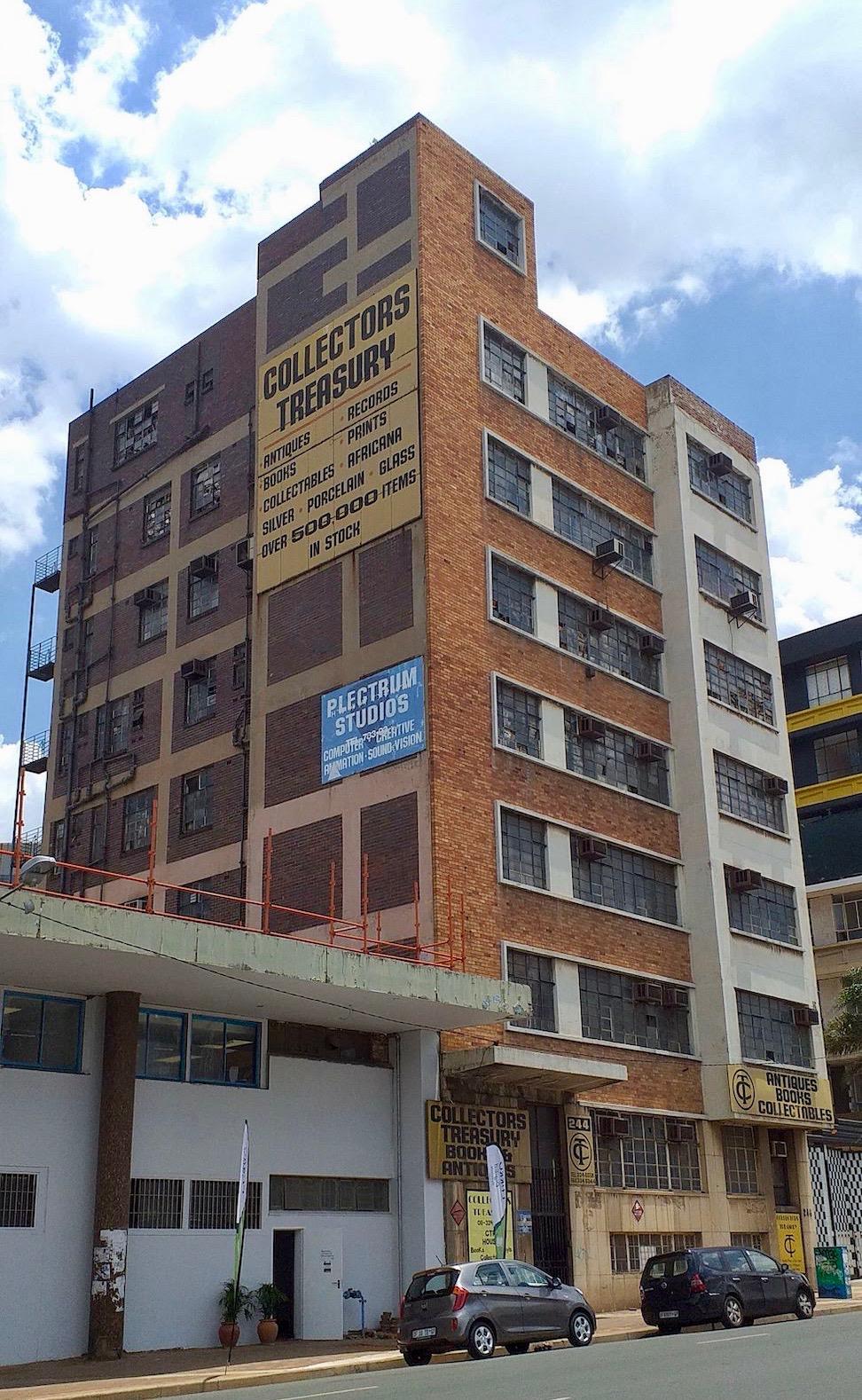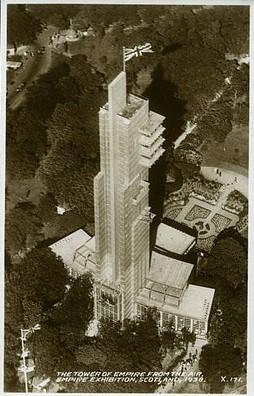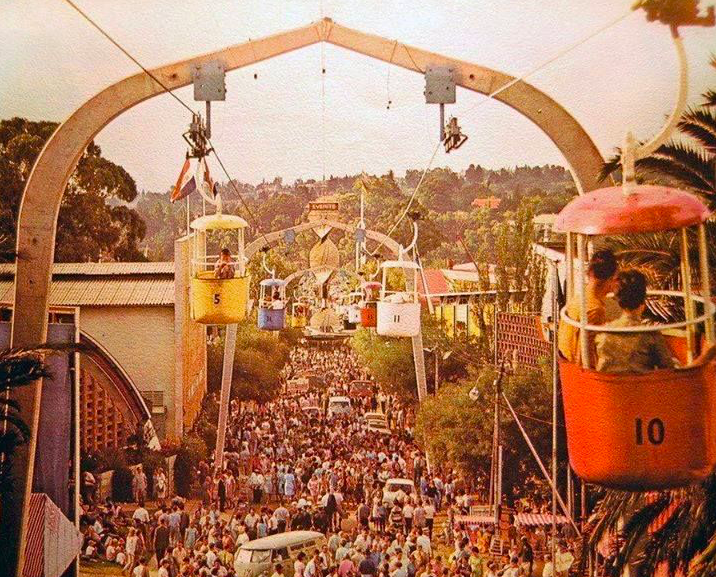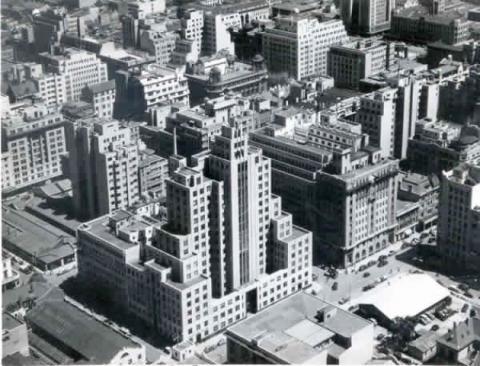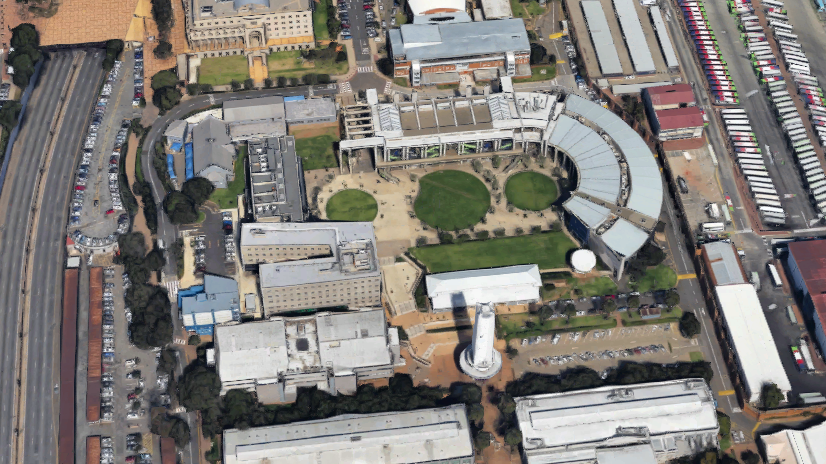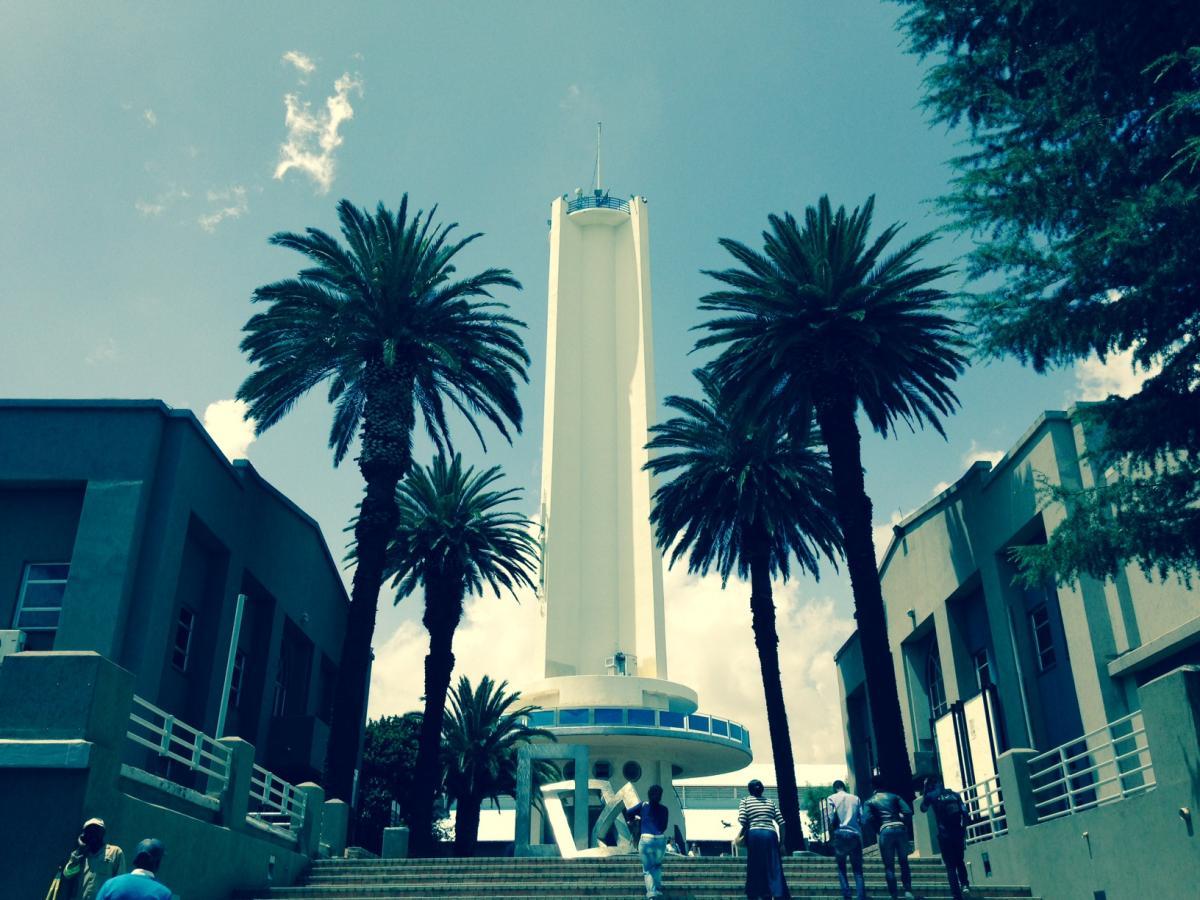
Disclaimer: Any views expressed by individuals and organisations are their own and do not in any way represent the views of The Heritage Portal. If you find any mistakes or historical inaccuracies, please contact the editor.
I found Mike Alfred's article about Jonathan and Geoff Klass absolutely fascinating as I have known Collectors Treasury and the Klass Brothers from the time they started up in business at what we now known as 44 Stanley Avenue (click here to read the article). Those were the days when for a young collector recently returned to Johannesburg there were wonderful book bargains and a great shared joy in finding good books. I have watched the business grow to the present vast emporium of books. I can never visit without being tempted by something but oddly I can afford far fewer books now than I could in about 1974!
Collectors Treasury (The Heritage Portal)
I would like to comment though on Jonathan’s comment. I know it was made in the early 2000s and it is now 2020, but I cannot allow the comment that Wits has destroyed the Wits Agricultural Society showground to stand without comment. Jonathan and I agree totally on the Tower of Light being a rare treasure of international significance; it is iconic in its architectural language, its expression of modernity for the time (the 1936 Empire exhibition) and in its functionality. That was when large scale exhibitions saw a tower as an integral part of the event. In 1938 there was another Empire Exhibition in Glasgow at Bellahouston, named the Tait Tower after the architect Thomas S Tait. Wits treasures and appreciates its tower and unlike the Tait Tower our Tower of Light is still with us.
Tait Tower (via Wikipedia)
The Tower of Light was designed by the Professor of Architecture at Wits Geoffrey Pearce. This was unusual in that he was not one of the “new” architects of his era pushing modernist or new international trends. The Bellahouston Tower was demolished in 1939 at the outbreak of World War II because it was considered to be too much of a wartime security risk as it could have been a guiding point for Luftwaffe planes targeting the Clyde shipyards. The Tower of Light still exists and has been adapted in that there is a student tuck shop at the base behind a screening wall. The Tower was also a security office for West Campus security for many years. During the years of the Rand Easter Show the Tower was one anchor point for the fun cableway that carried people down the main Victory avenue, running down the hill towards Empire Road. It was also the show time studio for Radio LM and Springbok Radio.
The famous cableway
All of this highlights that an historic building, even a tower needs a purpose and after all its very rootedness in the functionality of Pretoria Portland Cement and the power of light (with those powerful search lights illuminating the sky above Johannesburg) reveals that practical approach even to avant garde design. Remember electricity in 1936 generated by Escom or Eskom as it became known was, if not a novelty, seen as a modern wonder and the Escom building in down town Johannesburg was a magnificent new skyscraper with many fine features in its interior design. Today the Tower of Light also has a couple of cell phone reception gadgets attached to the side of the building - but these additions have not damaged the essential concrete structure and can easily be removed at some date in the future. Once again the Tower of Light serves as the epitome of usefulness.
Escom House
Wits has not destroyed the old showground of Milner Park. Instead Milner Park, now the West portion of the Braamfontein Campus is an excellent example of an industrial and agricultural exhibition area converted to a modern University campus with flair and success. Wits took over the West Campus in the early 1980s and the new Campus was redesigned for the then Faculties of Commerce and Law and the Faculty of Engineering. The physical planning of the new campus stuck with the principle of a three function campus (as was the case on the old East Campus) - academic buildings at the top of the hill, student residences (Barnato Hall and later David Webster Hall) in the middle area (around the lake which dated back to the Empire Exhibition of 1936) and then sports fields positioned closest to Empire Road. The new campus began to function as academic buildings from 1984. It was a surprisingly smooth transition and we all made jokes about the wholesale prices that must have been obtained for Union Castle grey paint! The colour of the paint became a unifying feature.
In recent years the Cook designed grandstand / stadium was converted by Heather Dodd of Savage and Dodd into new large lecture rooms. Universities need staff offices, tutorial rooms, lecture theatres of various capacities, libraries, computer labs, science labs etc. These are the challenges of making a university campus and to do so from what were essentially temporary exhibition buildings was remarkable. Very little was demolished. During the time that I served as Dean (2006-2011) we strove to preserve the old SA Government building dating back to 1936 and most particularly to save the delicate Cape cherub frieze above the main door. Originally there had been four or five such plasterwork artistic panels, but it was the exigencies of exhibition needs and the passage of time (not Wits University) that left us with only one. At Wits we converted old barn like canteens and acres of exhibition space into a fine Commerce Library and the main commerce building. Often planning ahead for a campus of 50 or 60 years hence is difficult when your budget is in the here and now and your student numbers determine capacity, needs and income. There are also modern challenges of vehicles and cars to be parked when students are in class. Far more students today are car owners than was the case 50 years ago. The principle applied here has been to keep the cars on the periphery, place parking lots on the edges and keep the main areas as pedestrian zones.
Wits Science Stadium with the Tower of Light in the foreground (Google Maps)
During the time I was the Dean we also embarked on a project to put contemporary modern art into each building. I wanted Commerce students to have the opportunities to educate their souls as well as their accounting talents. We filled six buildings with art by good South African artists under the skilled curatorship of Natalie Knight. We also wanted some outdoor sculptures to blend with the cultivated gardens and the lake. The waterfall dating from 1936 was preserved. Wits had an excellent garden service. The university has done more to preserve the Wits Agricultural showground than would have happened had there been another owner or tenant. I invite Heritage Portal readers to step onto the campus and be pleasantly surprised at the success of the West Campus. I can think of no better a use for an Industrial showground than that of a modern evolving university campus.
Kathy Munro is an Honorary Associate Professor in the School of Architecture and Planning at the University of the Witwatersrand and chair of the Johannesburg Heritage Foundation. She enjoyed a long career as an academic and in management at Wits University. She trained as an economic historian. She is an enthusiastic book person and has built her own somewhat eclectic book collection over 40 years. Her interests cover Africana, Johannesburg history, history, art history, travel, business and banking histories. She researches and writes on historical architecture and heritage matters. She is a member of the Board of the Johannesburg Heritage Foundation and is a docent at the Wits Arts Museum. She is currently working on a couple of projects on Johannesburg architects and is researching South African architects, war cemeteries and memorials. Kathy is a member of the online book community the Library thing and recommends this cataloging website and worldwide network as a book lover's haven.
Comments will load below. If for any reason none appear click here for some troubleshooting tips. If you would like to post a comment and need instructions click here.

